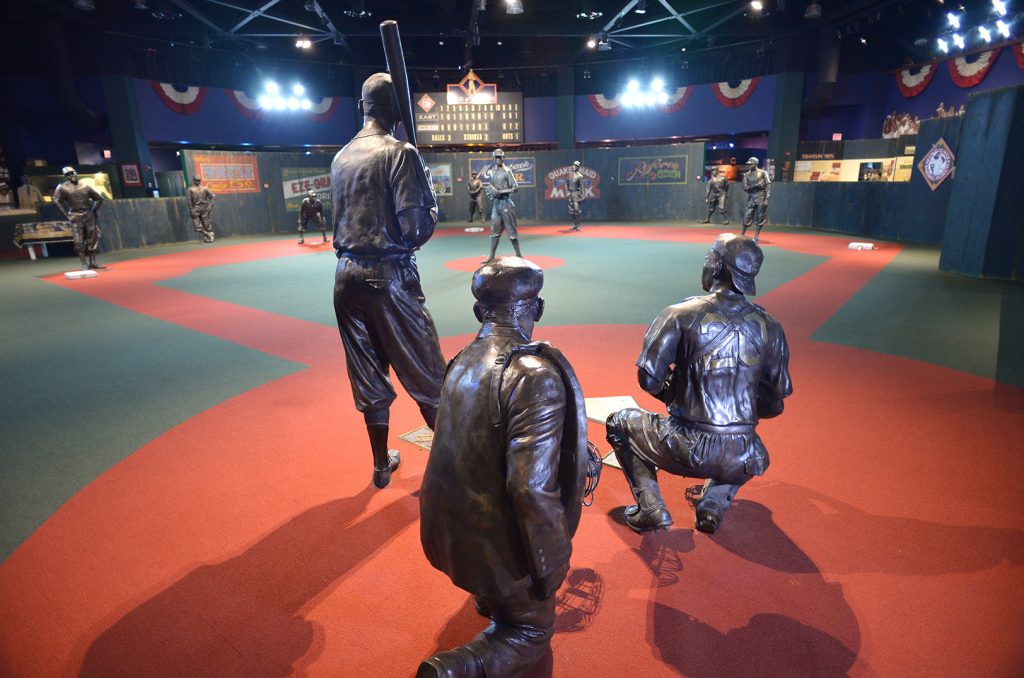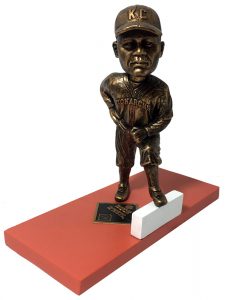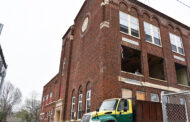A new collection of bobbleheads is calling attention to the impact made by legends of the Negro Leagues — and offering fans and local enthusiasts the opportunity to recreate a Kansas City historical attraction at home.
“These are the first bobbleheads to replicate the iconic Field of Legends,” explained Phil Sklar, co-founder and CEO of the Milwaukee-based National Bobblehead Hall of Fame and Museum, referencing a display that honors such legendary players as Josh Gibson, Buck Leonard, John Henry “Pop” Lloyd, Judy Johnson, Ray Dandridge, Cool Papa Bell, Oscar Charleson, Leon Day, Satchel Paige, Martin Dihigo, Bob Motley, Rube Foster, and Buck O’Neil.
The original is accessible only at the end of a tour at the Kansas City-based Negro Leagues Baseball Museum, where museum-goers can walk onto a field adorned by nearly life-sized bronze statues of 13 figures from Negro Leagues history.
The collection’s release was announced Friday in partnership with the NLBM and NegroLeaguesHistory.com and included a ceremony at the Kansas City museum led by Bob Kendrick, president of the NBLM.
“The Field of Legends is the centerpiece of the Negro Leagues Baseball Museum and is one of the most amazing displays in any museum anywhere in the world,” Kendrick said in a release.
“We’re thrilled to partner with the National Bobblehead Hall of Fame and Museum and NegroLeaguesHistory.com to give fans an opportunity to have this collectible replica of this amazing display.”
The product line — the group’s most complex to date — replicates the 13 life-size statues which are positioned on the NLBM’s Field of Legends. Each one is available individually, as a 13-piece set, or as part of a limited-run, 3D puzzle set.
Click here to purchase the bobbleheads or to learn more.
“We’re thrilled to be releasing the Negro Leagues Field of Legends Bobbleheads today to celebrate Black History Month,” Sklar said. “The Negro Leagues Bobbleheads are a great way to keep the legacy of the league and its players alive and we think this is the perfect bobblehead series to accomplish that mission.”
Since moving into its 10,000 square-foot home in November of 1997, the NLBM has welcomed more than two million visitors and has become one of the most important cultural institutions in the world for its work to give voice to a once forgotten chapter of baseball and American history, museum officials said.











































